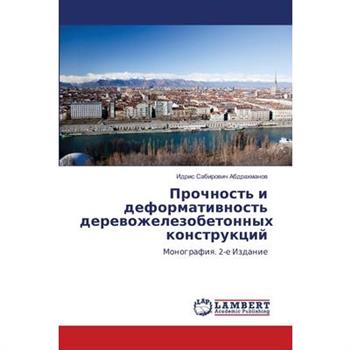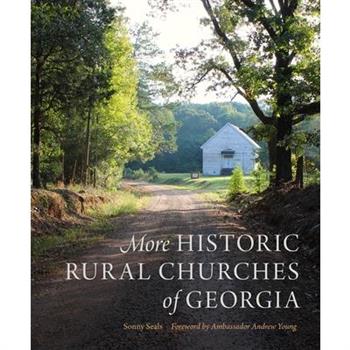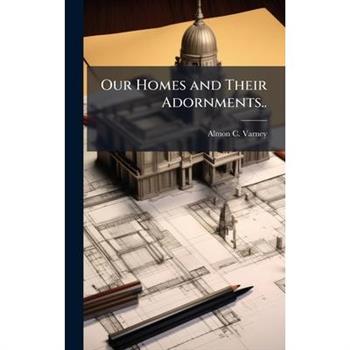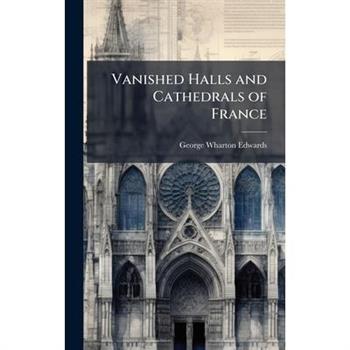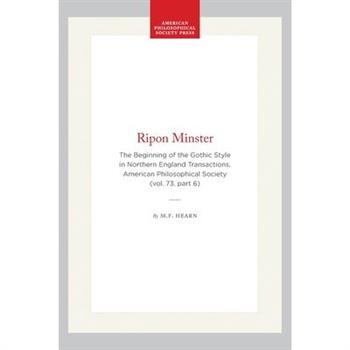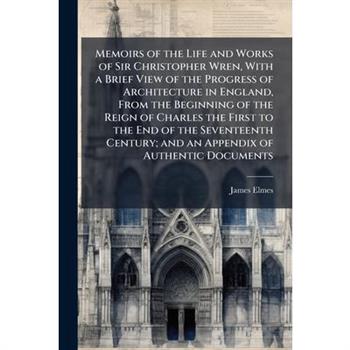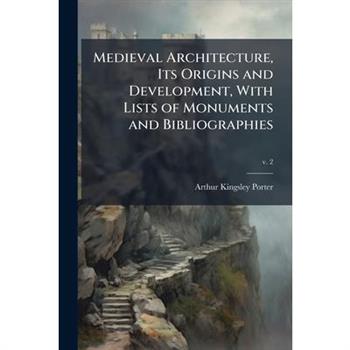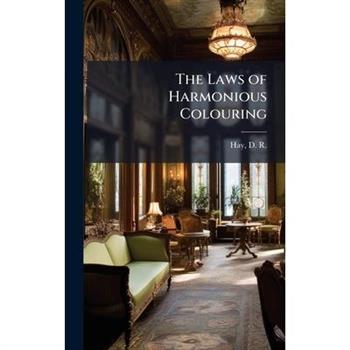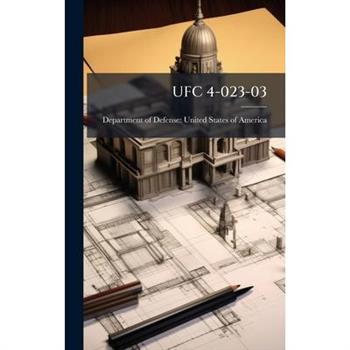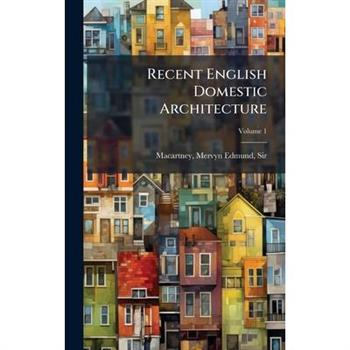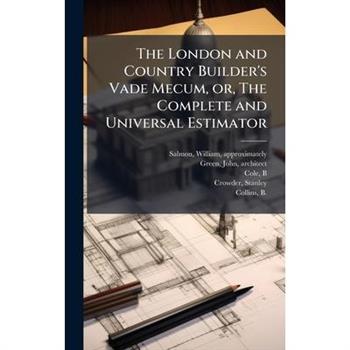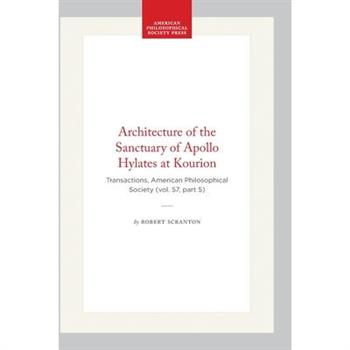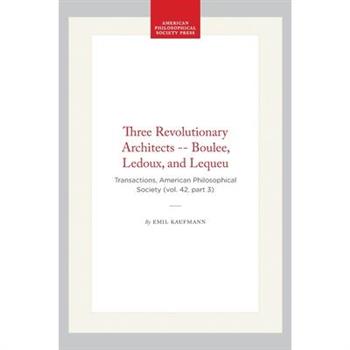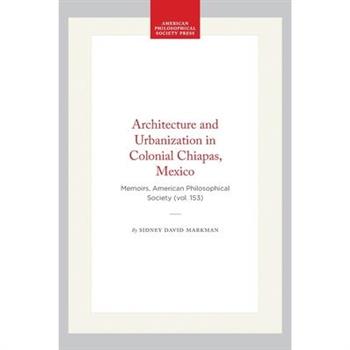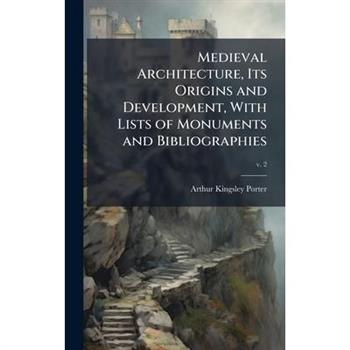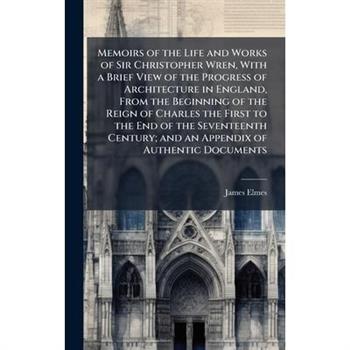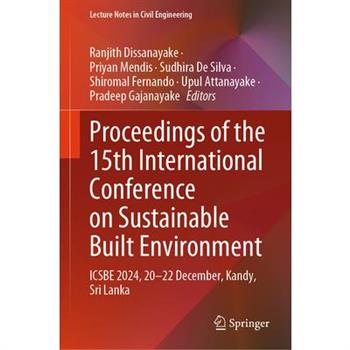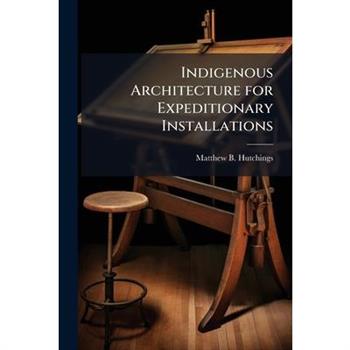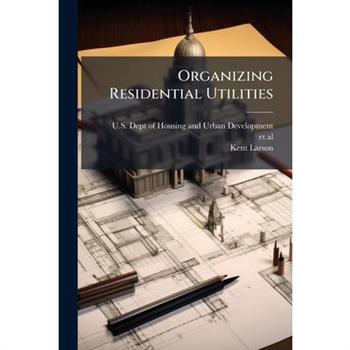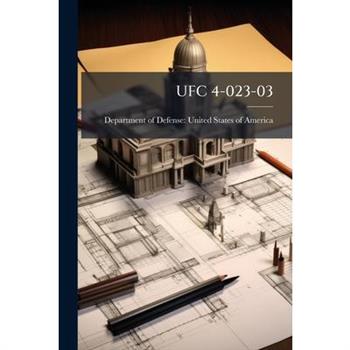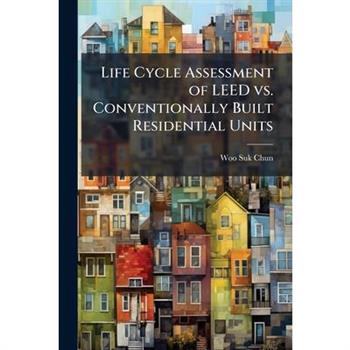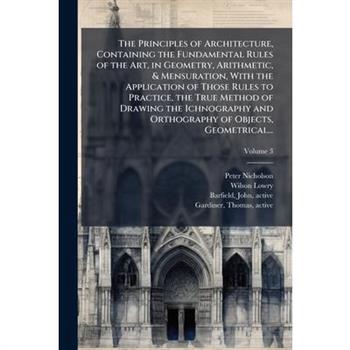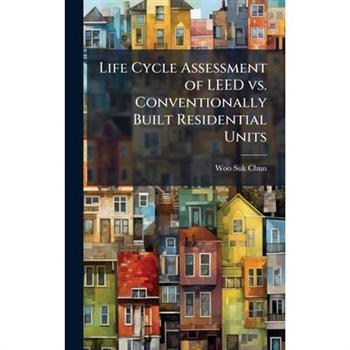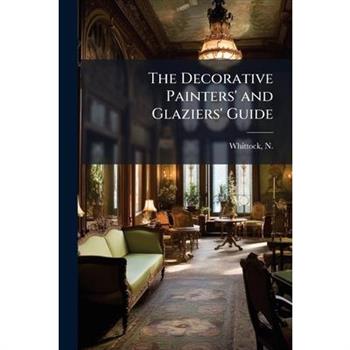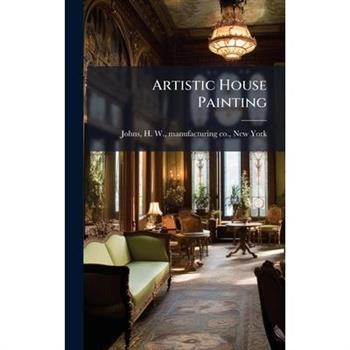Transgression in the Architectures of After-Modernity
Transgressive acts in architecture as responses to today's ecological, political, economic, and social crisesIn architecture, transgressive acts have always been a reality, in spite of rules and canons that have defined the discipline and its extended field. However, in recent decades their frequency and radicality have surged from rather random, marginal and/or idiosyncratic phenomena. While their sudden rise can be explained as a response to the compulsive normativity of modernity, the deeper root is to be sought elsewhere: the recent waves of transgressiveness are intimately linked to the hypercrisis affecting our world today - spanning ecological, political, economic, and social dimensions, and catalysing fundamental mutations and disorders. Some of these transgressive acts are motivated by a desire to dismantle a malfunctioning system, but more often than not breaking the rules has become an inherent survival tactic amid urgent social challenges. In our era of after-modernity, transgression emerges not just as an act of defiance but reveals a new paradigm at work - a critical framework for reimagining the built environment, challenging established orders, and advocating for the rights of marginalised populations. Through a rich array of empirical case studies and theoretical insights, this volume provides a unique, forward-looking perspective on transgressive acts in architecture as responses to today's ecological, political, economic, and social crises.This book will be made open access within three years of publication thanks to JSTOR's Path to Open pilotContributors: Simon Baker (Sheffield University); G羹ls羹m Baydar (Yasar University), Tiago Castela (University of Coimbra), Francesca Romana Dell'Aglio (University of Basel), Patrick D羹blin (ETH Z羹rich), Ole Fischer (Staatliche Akademie der Bildenden K羹nste, Stuttgart), Kivanc Kilinc (Izmir Institute of Technology), Sarah Mills (Leeds Becket University), Savia Palate (University of Cyprus), Christian Parreno (University San Francisco de Quito), Carmen Popescu (Ecole Nationale Sup矇rieure d'Architecture Paris Val-de-Seine), Jesse Rafeiro (University of Tokyo), Ahenk Yilmaz (Yasar University)
Gates to Paradise
The bronze doors that survive to this day are the only complex of monumental bronzes from the European Middle Ages that has survived intact. Most of them date from the 11th and 12th centuries and are located in Italy. The doors were crafted from a variety of copper alloys using the lost wax process. They could be cast as a single unit or individual metal fittings could be attached to a wooden support. Some doors feature inlays of various materials, which allowed for the coloured depiction of different biblical scenes or saints. We can now answer questions about the manufacture, the choice of materials and the significance of the materials of all the doors on-site thanks to a complete high-resolution photographic documentation, 3D models and comprehensive material analyses. This book presents the latest research on these extraordinary objects, showcasing new findings and insights.
More Historic Rural Churches of Georgia
This much anticipated follow-up to the best-selling Historic Rural Churches of Georgia (2016) documents even more rural churches and communities founded prior to 1900 throughout the Peach State. With more than 250 stunning color images, the new volume chronicles the historical, community, religious, and architectural significance of fifty new sites, while simultaneously calling for their historic preservation when possible. The book includes special focus on African American churches pre- and post-Emancipation, with a foreword by Ambassador Andrew Young. In his foreword, Ambassador Young reflects on the central role of the Black church in his life, writing, "As I look back, my experience in these rural church assignments was the basis for my understanding of racial inequality in the South and my deeply held conviction to do something about it. It prepared me for the long struggle that was to come." In addition to this important foreword, scholars Doug E. Thompson and Noel Leo Erskine add significant historical context in their introductory essay.
Handbooks of Washington Cathedral, A.D. 1898-A.D. 1908
Ripon Minster
This is a print on demand publication. Ripon Cathedral, anciently one of the four minsters of the archdiocese of York, England, was designated a cathedral when the new diocese of Ripon was created in 1836. In the history of architecture it is properly known as Ripon Minster, a collegiate foundation of secular canons who maintained the daily cycle of liturgical offices but who also ministered to the laity. Contents of this study: (I) Archaeological Interpretation: The Actual & Intended Forms; (II) Historical Interpretation: The Dates of Construction; The Patron & His Purposes; A Search for the Origin of the Ripon Master; & The English Concept of the Gothic Style. Black & white plates & plans.
Capital Problem
Explores the history, application, and accrued meanings of the attic order in America, beginning with Benjamin Henry Latrobe, who employed the order. The author traces the genealogy of the architectural influence as it passes from Latrobe to his disciples to their disciples. Latrobe saw "a singular exception, a unique design feature that, besides having a direct and indisputable association with ancient Greece, also offered Americans an architectural order that might be naturalized, that might be made their own." The work is extremely fine-grained, and rich in references, especially to 18th- and 19th-century architectural literature. 45+ b& w plates.
Indigenous Architecture for Expeditionary Installations
Architecture of the Sanctuary of Apollo Hylates at Kourion
This is a print on demand edition of an important, hard-to-find publication.
Three Revolutionary Architects -- Boulee, Ledoux, and Lequeu
This is a print on demand edition of an important, hard-to-find publication. Over 250 illustrations.
Architecture and Urbanization in Colonial Chiapas, Mexico
Covers colonial architecture in the two westernmost provinces of the Reino de Guatemala: Audiencia & Capitania General -- a region largely isolated from the rest of Central America & Mexico until recent times. The buildings of this region (known as Chiapas) reflect the soc. that produced them: the geographical setting, the conquest & Christianization of the natives, & the ethnic composition of the population. 47 buildings are discussed supported by material from contemporary sources as well as by photos & measurements gathered on the sites. This catalog of archival texts will be useful not only to historians of art & architecture, but also to archaeologists, anthropologists, & ethnohistorians working in Chiapas. Photos & drawings.
Tower of the Winds in Athens
The Tower of the Winds has stood in the shadow of the Acropolis in Athens for more than 2,100 years. This tall octagonal building, one of the best preserved monuments from the classical period, was built by the architect-astronomer Andronikos of Kyrrhos as a horologion for keeping time. Almost all its features have been attributed to the period of construction by the Greeks or renovations made by the Romans. The building, however, was in use almost continuously for two millennia, which includes Byzantine and Ottoman phases. Pamela Webb, a classical archaeologist, examines the Tower throughout its entire functional existence. A series of appendices helps to put the Tower in broader context for the post-classical periods. Winner of the 2016 John Frederick Lewis Award. Full-color illus.
Architecture and Planning of Classical Moscow
Dr. Schmidt describes the building & planning schemes in Moscow from approx. the accession of Catherine the Great in the early 1760s to the mid-reign of Nicholas I, about 1840. The author maintains that despite the enormous destruction of historic Moscow caused by the reordering of Gorkii (the old Tverskaia) St. & the Kalinin Prospect (the Arbat) under Stalin & Khrushchev, there still exists a significant remnant of the classical city which rose from the ashes of the great fire in 1812. The architects of the classical city--Catherine's builders, Vasilii Bazhenov & Matvei Kazakov, & those who rebuilt Moscow after 1812, Osip Bove, Domenico Giliardi, & Afanasii Grigor'ev--are featured together with their individual architectural creations as well as their broader city-planning accomplishments. In many respects an atlas of the boulevards & thoroughfares of central Moscow, this book both recreates the Moscow of another era & adds to the understanding of the contours & character of the modern Soviet metropolis. Illus.
Green Building: An Engineering Approach to Sustainable Construction
Green Building: An Engineering Approach to Sustainable Construction fills a void in green building which has good textbook options for practitioners, architects, and sustainability experts, but not an engineering focused textbook focused on green building. This new text takes an engineering approach to evaluating green building techniques, systems, and materials. The book examines the built environment from inside out, looking at minimizing environmental impacts while also considering the economics and energy use and efficiency. While not a test-prep book, it will provide the knowledge foundation that will help prepare the students to take the Leadership in Energy and Environmental Design accreditation exam. As students are often unclear on the evolving employment prospects in this field, particularly for the engineer, the textbook also features six case studies showing different career pathways for engineers in this arena.







